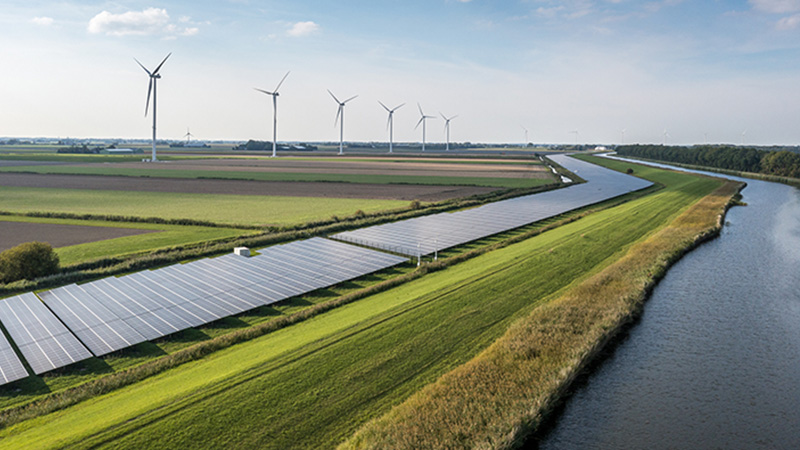However, it has been discernible on recent visits how the focus has shifted from how fast China is growing to how much it is slowing. Moreover, this shift has happened within a relatively short space of time.
For example, in its latest ‘Global Economic Prospects Report’ from mid-June, the World Bank downgraded its outlook for Chinese GDP growth for this year from 8.4% to 7.7%; many other forecasters have revised their expectations of growth even lower. Our interpretation is that the data has been confusing for analysts because of the interaction between the trend and the cycle.
Starting from a position in the late ’70s in which productivity lagged far behind many other countries in the region, China enjoyed 10%-plus growth for three decades as it caught up with many of its neighbours.
As this happened, so those productivity gains became harder to come by. Accordingly, it is natural to expect a slowdown in the trend rate of growth. Of course, we will not know until after the event what that trend was, but the crude rule of thumb we are using based on the experience of other countries is that we should expect China’s trend rate of growth to roughly halve over the next 10 years.
What was less easy to anticipate was the cyclical slowdown in growth and it is this which has taken people by surprise. The change in leadership added to the confusion. The new administration has gone to great lengths to communicate its desire to focus on quality of growth as well as the quantity. In practice, this means less focus on infrastructure and exports with greater emphasis on domestic consumption.
So what are the implications for the rest of Asia? Most obviously, perhaps, commodity-producing countries such as Indonesia and Malaysia will feel the impact as growth in China’s demand for raw materials slows. Chinese factories have served as cheap locations for some countries – South Korea, Taiwan and Japan spring to mind – to use as cost-efficient assembly lines.
As China’s economy rebalances away from manufacturing toward services, we would expect companies which have benefited from China’s low wages to be affected. It also has strong trade links with other nearby countries, notably Hong Kong and Singapore, which will therefore feel the pinch as China de-emphasises exports as a source of growth. In contrast, countries such as Vietnam should benefit as an alternative source of cheap labour.
These are, of course, broad generalisations but it is also important to maintain a sense of perspective – changes to the structure of China’s economy will not happen overnight. For sure, China bears enormous influence on what happens elsewhere in the region – but what we are talking about is a slowdown in growth, not a complete collapse. For at least a few years, China will still be growing much more quickly than any developed economy and more rapidly than many in the developing world.
Furthermore, while trade links mean that a slowdown in China will act as a brake to activity across the region in the short term, over time a more evenly balanced Chinese economy is desirable as a source of growth and stability for the benefit of the whole of Asia.
Daniel Murray is back from a trip to Singapore.










